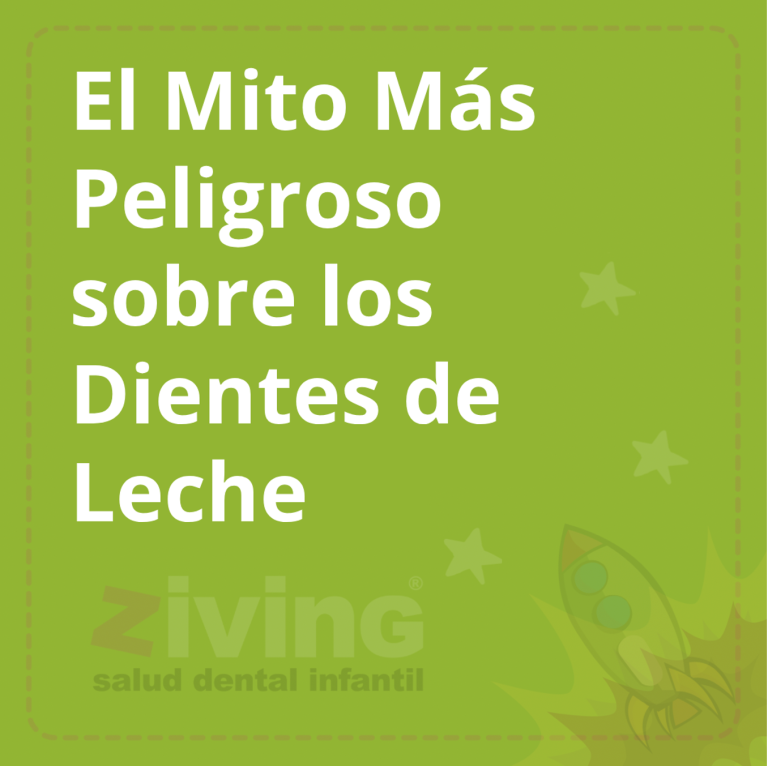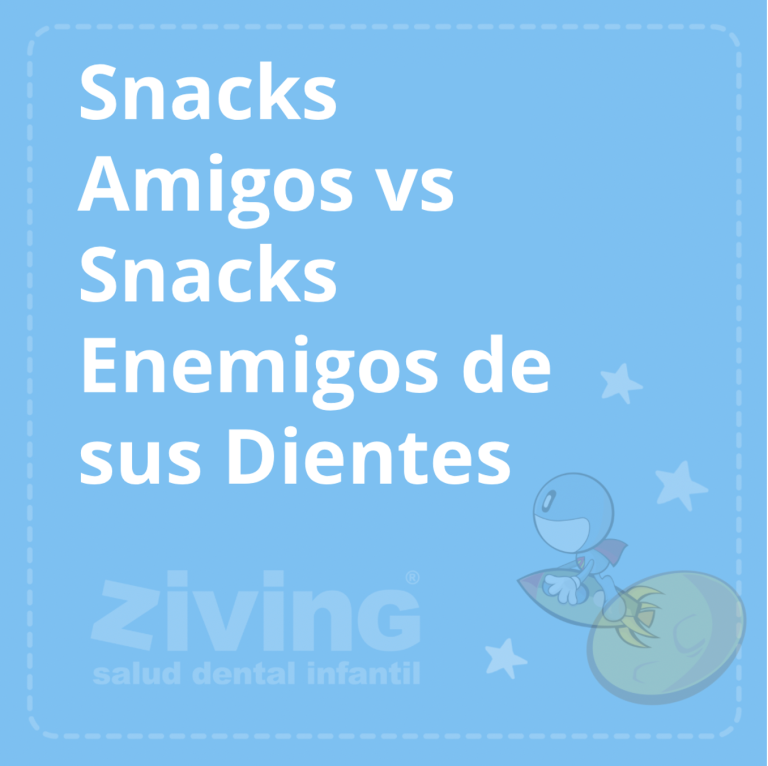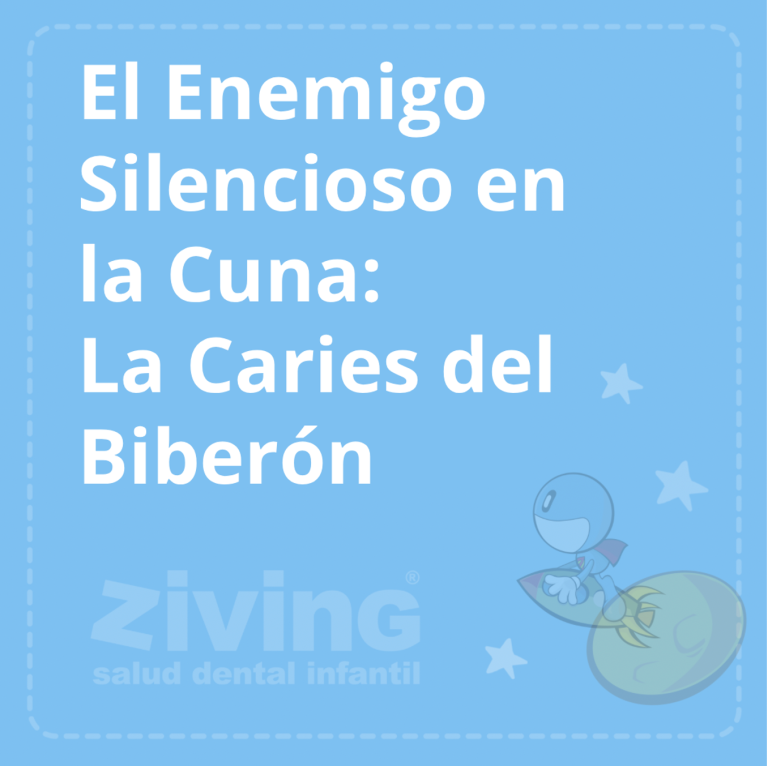When we start orthodontic treatment, it is logical to think that our eating habits may change significantly. For several reasons. The main one is that we are going to subject our teeth to a remodeling process, which means that we cannot punish them excessively; on the other hand, hygiene must be exhaustive with orthodontics, since there is an appliance on our teeth that makes normal brushing difficult. Orthodontics and nutrition are, therefore, a couple that will go hand in hand during our treatment.
In this article we will answer all the doubts that arise in this regard.
Incorporates all types of nutrients
Wearing orthodontics does not mean giving up any nutrients; quite the contrary. The point is to find a way to feed ourselves completely without overtaxing our teeth or the muscles involved in chewing. We have three main food groups: carbohydrates, proteins and fats. The former we more than cover with vegetables, perhaps the easiest food group in general to swallow with orthodontics. Fats are not a problem either. As for proteins, the best way to incorporate them into our diet will be eggs (easy to chew and digest) and dairy products (yogurts, milk, etc.).
First steps: chewing as little as possible
It usually happens, at least during the first few days, that the orthodontic appliance bothers us. This is a normal process. Although at Gross Dentistas we apply all the guidelines in our hand so that the discomfort is reduced as much as possible, there are gums and mouths that are more sensitive than others.
What can we eat at the beginning?
To make it easier to get used to the braces, we recommend eating crushed food for the first few days. Creams and purees are a fantastic option. In summer, there are many delicious and easy-to-eat cold creams: gazpacho or porra, for example, are very nutritious dishes that are very appetizing in summer and easy to eat during the first days of orthodontics. However, it is advisable to avoid bumps such as ham, which can adhere to the brackets. The ideal is to eliminate it or replace it with tuna and add, of course, boiled egg. Our fantastic ajoblanco is another well-tolerated food (as long as we remove the skin of the grapes and it does not contain an excess of vinegar).
Yogurts are excellent dessert options, as they do not require chewing. If we want to indulge ourselves, ice cream and custard can be an option, but in moderation, and not because of ortontia, but because, as we know, sugar is not a friend of oral hygiene.
Vitamin A to prevent sores
Vitamin A helps to keep the mucous membranes in good health, and is perfect to eliminate the sores that may appear in those first days. Incorporate foods rich in this vitamin into your diet. Milk, orange-colored vegetables and fruits are rich in vitamin A: a pumpkin and carrot cream or a mango smoothie are great options for your first days of orthodontics.
Vitamin C, a natural healer
If vitamin A restores the oral mucosa, vitamin C helps wounds to heal. In the event that a sore appears, think about incorporating foods rich in vitamin C. Not only citrus fruits, which can irritate the mucosa due to their acidity, contain it in large quantities. Broccoli or watermelon are great sources of this vitamin.
After the first week of orthodontics
Normally, after the first week, the feeling of strangeness of the orthodontics is significantly reduced. We will then be able to incorporate new foods.
Use longer cooking times
If you are one of those who usually eat food al dente, we suggest that, with orthodontics, you switch to longer cooking periods. Vegetables, for example, are easier to chew if they are soft. Avoid, however, vegetables that are too fibrous, such as leeks, chard, etcetera. It is mainly a preventive measure to avoid entanglement in the brackets.
Meat or fish?
As we said before, protein does not have to be missing in our diet just because we wear braces. Moreover, we have to take care that orthodontics does not affect the diet in terms of nutrients.
If you have to choose between meat or fish, the seafood option will always be the best. Fish is easier to chew and does not especially adhere to the wires of the brackets. However, the meat is more fibrous and we must take precautions with it. We must avoid very hard meats, in the first place, and if we are going to eat them, choose them with a very long cooking time. Stewed meat is always preferable to fried or grilled meat.
Salads, yes, but changing some ingredients.
Refreshing salads are a great resource. And even more so in Malaga, where the weather is kind to us most of the year. But we must take into account some details. Avoid acids such as vinegar or lemon in case the orthodontics have caused a small sore. Avoid very fibrous vegetables, such as white asparagus. The tomato, best peeled, to prevent the skin from sticking to the brackets. Always think of ingredients that are easy to chew.
Fruits: best in small pieces
Forget about eating an apple in bites for a while. Fruit is highly recommended, but take it cut in small pieces to avoid accidents.
Bread: the softer the better
The hard crusts of bread can scratch your mouth and cause small injuries that can be avoided if you eat a softer textured bread, such as sliced bread.
Prohibited foods with orthodontics
There are certain foods that are best avoided during treatment. With them we can make inappropriate maxillary efforts or hinder the hygiene of our mouth. Take note.
Very tough meats
We have discussed this before. If under normal conditions meat usually sticks to our teeth, imagine what will happen with orthodontics. When preparing meat, choose to grind it. Poultry meat (turkey, chicken) is easier to chew than red meat.
Dried fruit
Their texture and size make them perfect allies for soiling our orthodontics. Kikos, popcorn, etc., will stick in any area of the mouth and may cause pain and break a wire. Avoid them. At least, until you become proficient in the hygiene of your brackets.
The ‘chuches’ (sweets)
In general, sweets are not recommended in any case, whether or not you wear braces. But with it we add two problems: the excess sugar, which will make oral hygiene more difficult, and the texture of candy in general, which is sticky and adheres to teeth and brackets. Always avoid them.



